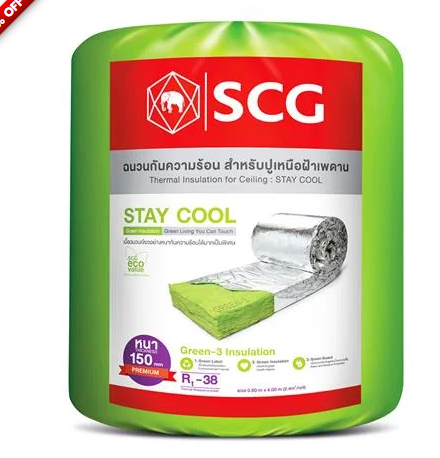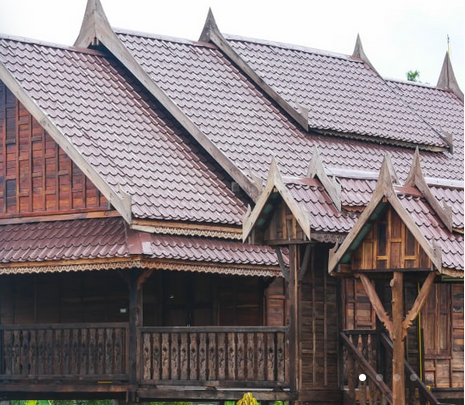
unheard
Advanced Member-
Posts
1,244 -
Joined
-
Last visited
Content Type
Events
Forums
Downloads
Quizzes
Gallery
Blogs
Everything posted by unheard
-
That would require communication between the architect and the solar company - the solar install would need to be finalized and then translated into the houses' roof plan well before construction starts. Not as simple as it sounds.
-
Room insulation and window orientation are super important. Generic calculators are not designed to factor in those important variables.
-
↑ This You're the first one in this thread to mention efficiency as reported in EER or SEER @stament Shop for higher SEER units, preferably rated at more than SEER 22 and displaying 5★★★ EGAT label. They're generally more expensive to buy but will pay for themselves in electricity savings over the long run. Unless you're on solar then it doesn't matter. Also the other high quality brand that I haven't seen mentioned here is Fujitsu. They have some very efficient models, which I think are called Fujitsu imax.
-
Plywood is much more stable compared to solid wood and would be a much better choice of material over particle board for humid environments.
-
Not because of filtration deficiencies. He got algae due to improper water balance. In most cases his algae problem can be quickly fixed by shocking and scrubbing, then filtering all dead algae out and then repeating until it's all completely gone. But it will be back again unless he fixes his water imbalance, especially free chlorine levels. That would require periodic testing of his water to make sure it's balanced, with appropriate for his pool, levels of free chlorine.
-
Not entirely correct: Does Adding Chlorine Raise or Lower pH? Depending on the type of chlorine you’re using, it will either raise or lower the pH in your pool. Chlorine tablets are typically trichlor with a low pH level of around 3. Being acidic, adding chlorine tablets to your water will lower the pH of your water, though this effect may be insignificant if your pH level tends to increase over time – which is common in swimming pools. Powder or granular chlorine can be more varied. You can find it as trichlor, dichlor, or calcium hypochlorite. While dichlor is slightly acidic, it’s reasonably close to neutral with a pH level of 6.5, which means it’s going to have a much lesser effect on your pH compared to trichlor. Calcium hypochlorite, however, is highly alkaline with a pH of around 12, so this is going to raise the pH level of the water (as well as increase the calcium hardness level, for that matter). Finally, liquid chlorine is sodium hypochlorite with a pH level of around 13, so it’s also going to increase the pH of your water. However, liquid chlorine only temporarily raises pH, effectively making it pH neutral in the long term. https://poolonomics.com/how-does-ph-affect-chlorine/#does-adding-chlorine-raise-or-lower-ph
-
While that page does provide some useful advice, it doesn't sound too competent in the end by stating: "Continue to shock your pool once a week".
-
Thank you!
-
Where can it be purchased? Couldn't find much on Lazada...
-
Or even cheaper fiberglass rolls will work wonders in preventing attic heat transmission to ceilings.
-
Hey it's all good! No apologies necessary.
-
That wasn't me. Looks like you've confused me with another poster.
-
Well, that's why I have an insulated metal roof. As I have previously mentioned, the steel roof sheet with a layer of 25mm of PU insulation feels barely warm to touch after many hours spent sitting under direct sunlight. Don't have any experience with insulated concrete tiles. But it shouldn't be drastically different. Still... The difference between concrete and metal is their thermal masses. Metal is quick to heat but also quick to cool. Concrete is the direct opposite - very slow to heat up but is also slow to cool down. In addition to thermal mass, thermal inertia also plays a big role. Concrete is obviously much higher on both compared to metal, thus making it a very hot material in the roof application.
-
That's how PU insulated steel roofs are constructed, with this thermal break present by design. The metal roof sheets are not in contact with metal roof beams - they're separated by the insulation layer.
-
No, it will not adhere to foil. The foil would need to be removed.
-
OK I still think I mis-understood what you meant under your prior statement: "spray on foam or radiant barrier and radiant barrier wins every time". As in the cost and easiness of application? Or as in the general contribution to the "hot attic" condition? Spray on foam greatly reduces heat by convection and overall attic temperatures even without ventilation. There's also a layer of a silvery foil (assuming for the purpose of a radiant barrier) applied on top of the sprayed on foam during production of the steel metal insulated sheets. The radiant barrier technique does nothing for convective heating which leads to hot attic temps.
-
There are none - that's the problem. Well there are normally some present, usually in the form of a traditional Thai gable vent. But those are not effective in venting under all conditions. In comparison, many roofs in the west are of the ventilated attic type - with intake and exhausts (e.g. vented ridges). The intake must be sized to flow at least as much air as the exhaust does in order to be efficient.
-
Don't know about that. Have you ever tried to touch the radiant barrier layer under concrete tiles at the end of a hot, sunny day? Isn't it scorching hot? (an honest question btw). The radiant barrier will prevent re-radiated heat from heating up the ceiling, but it will surely heat up the attic air by convection. The PU insulated metal (especially with thicker foams) feels barely warm to touch in the open Sun.
-
I don't know what their belief is. Slotted eves placed on every roof corner is a common practice over here. They're being installed as fresh air intakes. Their throughput is more than enough for any roof designed without exhaust openings.
-
There are some older threads with some reports on spray-on insulation. You might try to locate them via common search engines since the forum search is not that great in comparison. That said, I remember seeing only a few posters mentioning the practice. It's uncommon for Thailand. btw, if properly applied with a right mixture of ingredients it could be a really good option for the already installed tile roof. Besides adding great insulating properties, PU insulation will also lock the tiles in place, preventing them from moving/sliding around due to the daily expansion/contraction thermal cycle - a common cause for leaks. But then I think, the silver foil would need to be stripped off. It sounds like it's already too late for you since the roof is done.
-
Sure but that profile is not readily available with thick PU insulation as an option. At least that was the case last time I shopped at my local BlueScope outlet. That profile was only available with a very thin, silvery looking material as glued-on insulation.
-
Steel, PU-insulated roof. Simple to install, more durable than tile, less prone to leaks long term, lightweight etc, etc.. Yet tiles are so nice to look at. So it's all about priorities.
-
Whirly birds are not that good. They don't move significant volumes of air per unit - impossible to create a well ventilated roof without installing multiple units of them. Very bad aesthetically. But the long term leakage proofing is even bigger problem. The amount of air they "move" would depend on each unit's opening cross section. Their spinning action is just a marketing gimmick. It doesn't add any air velocity or create any additional suction. Their venting value equals to the similarly sized hole in the roof.





